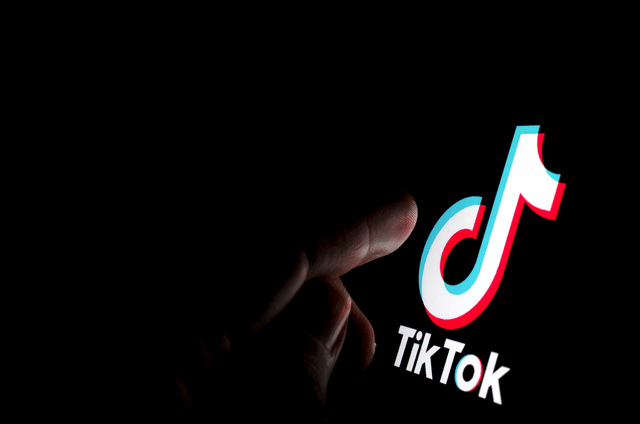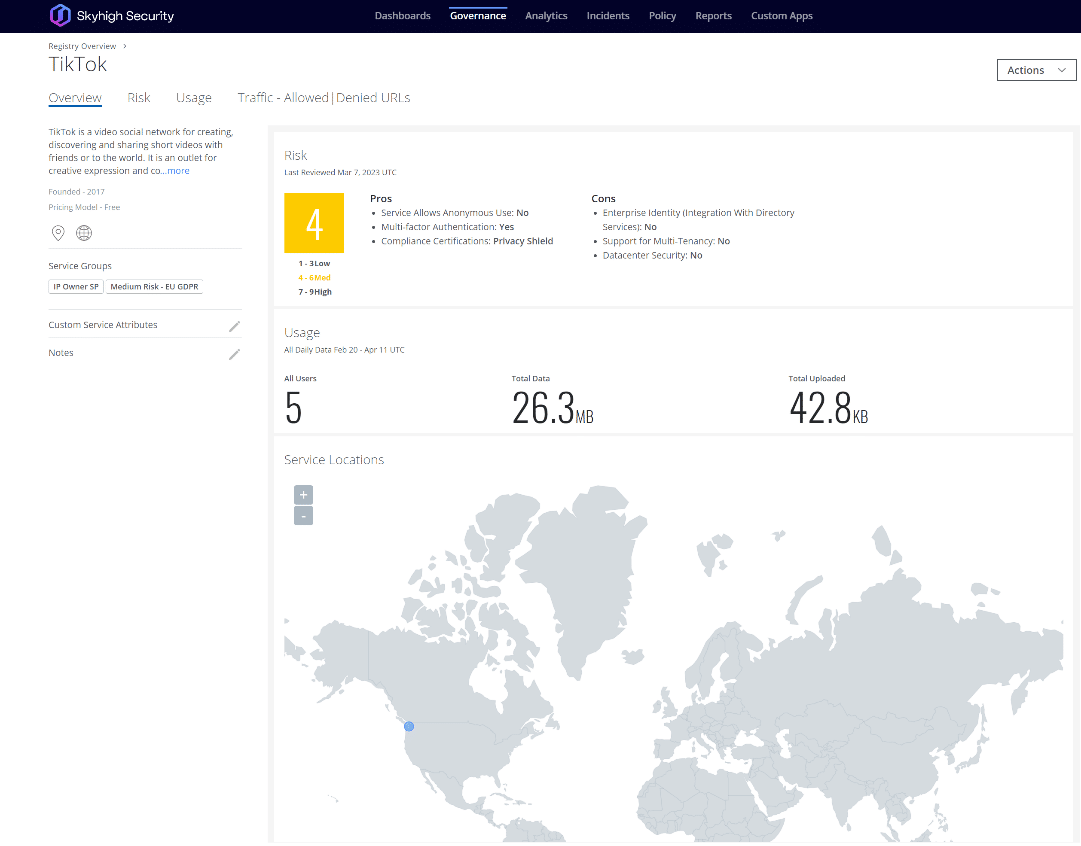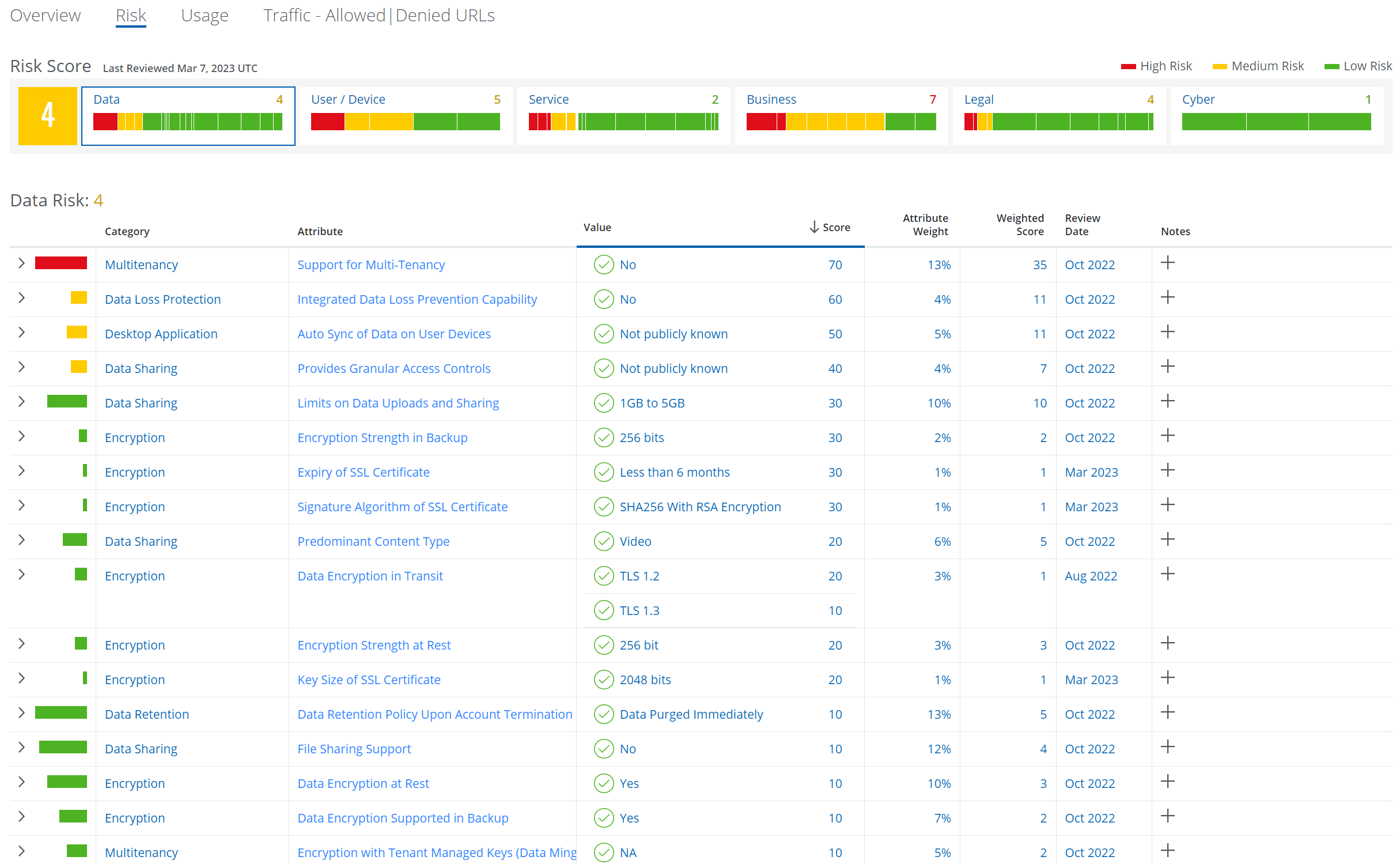What started as a means of generating laughs through short video clips during the coronavirus pandemic, TikTok has taken the attention-capturing short-form video format and solidified its place among the most popular social media apps. But just like other foreign-owned apps that go viral, Chinese-owned TikTok continues to face scrutiny over its data collection and privacy practices. This time, however, it’s not only the United States sounding the alarm bell.

Citing a threat to “sovereignty and integrity,” Australia joins a handful of global governments, including India, the United Kingdom, the United States, Canada, and many countries throughout Europe, calling for the TikTok app to be removed from all officials’ mobile phones. Governments are beginning to take TikTok risks more seriously, but, with over 1 billion monthly active users, are corporations and non-governmental organizations doing the same?
According to the Center for Internet Security, “The data TikTok collects from users contains sensitive information and is often taken without the user’s explicit knowledge.” This data includes, but is not limited to, “device brand and model, Operating System (OS) version, mobile carrier, browsing history, app and file names and types, keystroke patterns or rhythms, wireless connections, geolocation.” TikTok even goes as far as collecting other personally identifiable information (PII) such as age, image, personal contacts, and other data collected through its integrated single sign-on (SSO) capability.
Considering that the app can collect “the content of [messages] and information about when [messages are] sent, received and/or read,” and, particularly with the TikTok CEO’s recent Congressional hearing adding further substance to the overall dialogue, it’s easy to see why large organizations and corporate enterprises across the globe are increasingly wary of TikTok and are expressing concern about the protection of the personal and corporate data it collects.
Why do these breaches occur?
While social media has always posed various security risks, including vulnerability to phishing and fraud, a primary point of concern for governments, enterprises, and other large organizations alike is the blurring of lines between personal and corporate usage of the devices on which TikTok is installed and consumed.
Moreover, the potential for data misuse by both external and internal parties is a significant concern. This is due to how intertwined online platforms and services are, with shared authentication tokens, single sign-on integrations, data portability, and more. The ramifications of potential data theft and misuse could be grave, especially given the widespread use of web and cloud services.
The question is how many organizations care about security threats enough to support a TikTok ban versus how many are entirely unaware of the risks they’re taking.
As with any web, cloud, or mobile threat, it’s crucial for security teams to learn and understand the key risk factors. How does TikTok handle data? How does it identify and authenticate users and devices securely? What kind of traffic and content can be shared and consumed from it? Where are the service’s points of presence, and what does that mean for an organization’s risk appetite?
With today’s vast number of users, devices, locations, business requirements, and more, it’s sometimes difficult to take heavy-handed approaches by explicitly blocking access to certain services overnight. There is a lot to be said for educating users and introducing security guardrails in cases where an organization may not want to abruptly block services in one fell swoop.

Skyhigh Security addresses this issue by detailing numerous risk attributes that need to be considered by security analysts as users navigate the turbulent waters surrounding TikTok as a platform and service. These include risk attributes pertaining to the data itself, the user/device, the service, the organization’s business practices, legal matters, and cybersecurity.

From there, security teams can begin to introduce data security controls, such as limiting/blocking of logins, uploads, and/or downloads; throttling of data bandwidth; introducing custom user education web pages; and other measures to not only curb data leakage from devices onto the TikTok platform, but, more holistically, to better control the flow of sensitive data from reaching users’ devices that may be consuming other questionable online services that may mishandle data.
What can be done?